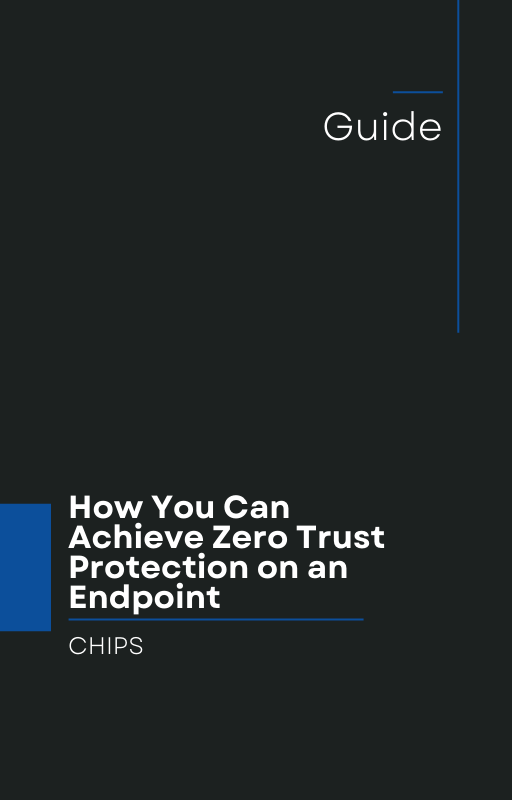The threat landscape continues to evolve at a pace few organizations keep up with. A recent report by WebProNews shows how threat actors are now exploiting sponsored search ads mimicking Microsoft Teams downloads in order to deploy the dreaded Rhysida ransomware. WebProNews
What’s happening
According to the article:
-
Cyber-criminals are placing fake ads that appear in search results when users look for Teams downloads. These ads direct victims to cloned websites which install malware.
-
Once the fake installer is launched, it drops components such as the OysterLoader backdoor that paves the way for full ransomware deployment.
-
Even worse, these installers are signed with fraudulent certificates—making them harder to detect via traditional antivirus.
-
The attack leverages malvertising and SEO-poisoning: users trust the “search result” and assume it is safe.
-
The implications are especially grave for businesses relying on collaboration tools like Teams — attackers are weaponizing what should be a productivity platform into a breach vector.
Why this matters to you
As a business owner you need to pay attention for several reasons:
-
First-click compromise – The attack begins with a search and a download, not some exotic zero-day. If employees are searching for software or clicking on what appears to be legitimate ads, your environment is already vulnerable.
-
Bypassing detection – Fraudulent certificates and cloned websites mean that conventional signature-based security and antivirus are less likely to catch the threat.
-
Lateral movement risk – Once inside, backdoors like OysterLoader enable credential theft, persistence and lateral spread. Before you realise it, your network could be encrypted.
-
Remote/collaboration tools as an attack surface – With Teams and similar platforms commonplace, attackers are turning collaboration tools into ingress points.
-
From small click to major incident – A seemingly innocuous ad click leads to ransomware, data loss, business disruption and financial/legal fallout.
The problem with detect-and-respond
Too many organisations still rely on the philosophy of detect-and-respond. That means: detect a threat, respond to it, hope the damage is limited, and then investigate what went wrong. But in scenarios like this fake-Teams-ad campaign, that approach is already too late. The attacker has circumvented initial detection, installed a backdoor, and is ready to strike.
When your adversary gains a foothold via a trusted-looking ad, you need a different model: one that contains the threat before it causes major damage. Detection is reactive. Response means you are already in the fight. What you need is isolation and containment.
Enter AppGuard – proven endpoint protection
For over a decade, AppGuard has delivered endpoint protection via isolation and containment rather than merely detection. It does so by allowing applications to run while segregating them in a way that prevents malicious code from escaping or moving laterally.
Here’s why it is particularly relevant given the above threat:
-
It prevents malicious installers—even if they execute—from breaking out of their containerised context, thus blocking credential theft, lateral movement and ransomware encryption.
-
It does not depend solely on signatures or certificate-validity to detect the threat. That means even signed malware, fake ads, zero-days and unknown payloads are contained.
-
Its track record spans 10 years of protecting high-risk environments—meaning commercial organisations can adopt a mature, enterprise-grade solution.
-
Especially in collaboration-tool scenarios, AppGuard ensures that even if someone clicks the wrong ad, the damage is isolated to that endpoint rather than becoming a network-wide breach.
Business adoption: what to consider
-
Assess your endpoint landscape: How many devices access Teams or collaborate online? Which ones may click ads or download software?
-
Evaluate your response strategy: Ask yourself, “Are we ready when the first click goes bad, or are we only ready after the incident is detected?”
-
Prioritise isolation over detection: Invest in technologies like AppGuard that change the model from “after the fact” to “pre-emptive containment.”
-
Train your users: While tech is critical, user behaviour still matters. Educate them to use trusted sources, avoid unknown ads, and verify downloads.
-
Deploy quickly and broadly: The ability to contain threats at the endpoint makes a huge difference—don’t wait until after an incident to act.
Real-world relevance for your business
If a user in your organisation searches for “Teams download” and clicks one of those fake ads, you literally might have opened the door to a ransomware campaign. By the time your security team sees the alert, the attacker may already be moving laterally, compromising backups, exfiltrating data and encrypting systems. Shifting to isolation and containment transforms that click from a catastrophic event to a contained incident.
The time to act is now
This incident shows how lightweight and insidious threats have become. The adversary doesn’t need to hack a huge vulnerability—they exploit user trust, ads, cloned sites and digital certificates. You need protection that doesn’t wait for detection. The old model of detect-and-respond is insufficient.
At CHIPS we help business owners adopt AppGuard so they can move from detect and respond to isolation and containment. With a ten-year proven record, AppGuard is now ready for commercial adoption at scale.
Call to action: If you are a business owner who cannot afford ransomware, data loss or network compromise, talk with us at CHIPS today. Let us show you how AppGuard can prevent this type of incident, contain threats the moment they touch your endpoints and protect your business from the next evolving attack vector. Your defence strategy needs to evolve—contact us now.
Like this article? Please share it with others!

November 10, 2025

Comments